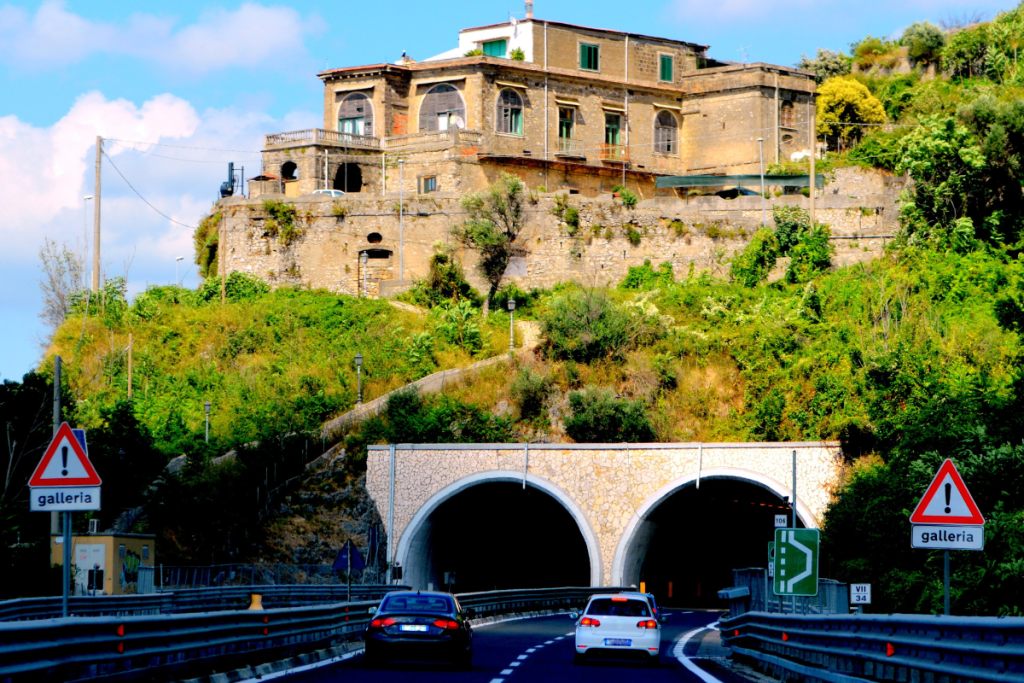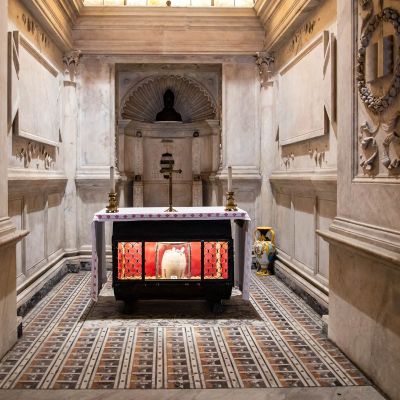Traveling from Naples to Sorrento by bus offers a unique combination of convenience, affordability, and the opportunity to enjoy some of Southern Italy’s most picturesque landscapes. This journey is a popular choice for tourists and locals alike, providing a straightforward and enjoyable route to one of Italy’s most charming coastal towns. The bus ride, with its scenic views and comfortable setting, is an experience in itself, setting the stage for the beautiful and historic sights that await in Sorrento.
Choosing Your Bus Service
Several bus services operate between Naples and Sorrento, with the most prominent being SITA Sud and Curreri Viaggi. SITA Sud buses offer frequent and economical services, ideal for budget travelers, while Curreri Viaggi provides a more direct route with fewer stops. When selecting a bus service, consider factors like departure times, journey duration, and ticket prices. During peak tourist seasons, it’s advisable to check the schedules in advance as buses can get quite full.

Getting to the Bus Station in Naples
The primary departure point for buses to Sorrento in Naples is at the Napoli Porta Nolana Station or near Piazza Garibaldi. These stations are easily accessible by public transport or taxi from anywhere in Naples. Once at the station, look for signage directing you to the specific platforms for buses to Sorrento. It’s recommended to arrive a bit early to avoid any last-minute confusion and ensure a smooth start to your journey.
Purchasing Tickets and Boarding
Tickets for the bus can be purchased at the station, from ticket kiosks, or, in some cases, directly from the driver. It’s a good idea to buy your tickets in advance, especially during the high season, to secure a seat. Prices are generally affordable, making this a budget-friendly option. When boarding, have your ticket ready for inspection and be prepared to store any large luggage in the designated areas of the bus.

The Bus Journey to Sorrento
The bus journey from Naples to Sorrento typically takes about 1 to 1.5 hours, depending on traffic and the specific route taken. As the bus winds its way out of Naples and along the Sorrentine Peninsula, passengers are treated to stunning views of the coastline, the Gulf of Naples, and the surrounding hills. The route passes through quaint towns and offers glimpses of local life, making the journey an integral part of your Sorrento experience.
Arriving in Sorrento and Getting Around
Upon arriving in Sorrento, buses usually stop at Sorrento Circumvesuviana Station, which is conveniently located in the town center. From here, it’s easy to walk to most hotels, restaurants, and tourist attractions. Sorrento is also well-served by local buses, making it easy to explore further afield destinations like Positano, Amalfi, or Ravello.
Conclusion
Taking the bus from Naples to Sorrento is a practical, economical, and scenic way to travel. The journey offers a glimpse into the beauty and charm of the Campania region and provides a stress-free start to your Sorrento adventure. Whether you’re traveling for leisure or business, the bus ride promises a comfortable and memorable experience, leaving you free to relax and look forward to the delights that await in Sorrento.





